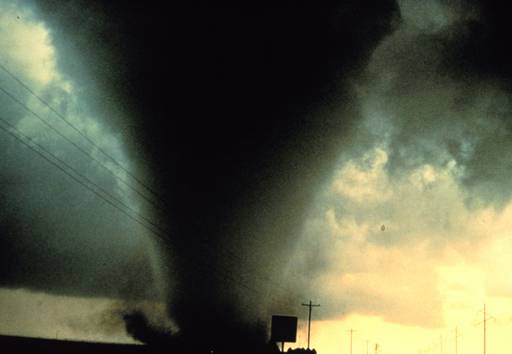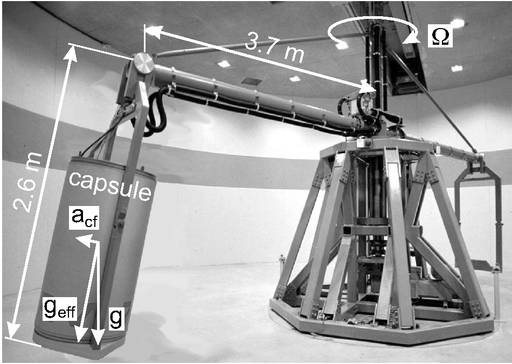Turbotherm
Dr. Claudia Zimmermann
Hurricanes are effected by turbulent natural convection flows, which are caused by solar radiation. To understand the hydrodynamic stability of these flows, especially in terms of the Coriolis acceleration of the earth rotation, the first step is an investigation of a simplified convection problem. Therefore, a suitable experimental setup is compared with numerical simulations. Convective flows in the atmosphere are drive by cold air streams over warmer layers on heated ground. The forced convection moves heated air in higher regions of the atmosphere. With the coriolis acceleration depending on the rotation speed of the earth the heated columns are forced to start a rotation. This rotation energy is dissipated by shear forces in tangential layers of the rotation. During this dissipation process inside the turbulent shear layer larger vortices (eddies) are generated and moved on the cyclic motion. These eddies are breaking in several smaller vortices. This vortex splitting process in turbulent shear layers is called energy cascade. During this project the stability of these convection driven rotational flows has to be investigated and analyzed. The complete energetic process is displayed from the thermal-driven convection to the turbulent dissipation in the radial shear layer.

Analyzing the flow inside an experimental set-up inside a capsule, which is moved on a cyclic way inside a centrifuge, the relative accelerations correspond with accelerations inside the atmosphere. By this way macroscopic phenomena are investigated in scaled experimental set-ups in laboratory. The thermo-lift module allows convective flows in relative oriented acceleration fields. This method is used controlling forced rotation flows and turbulent dissipation effects is the radial shear layer. At this time the facility is used for the project “TurboTherm” for analyzing stability and interaction of turbulence production and dissipation coupled with variable fluid density.



 "
"